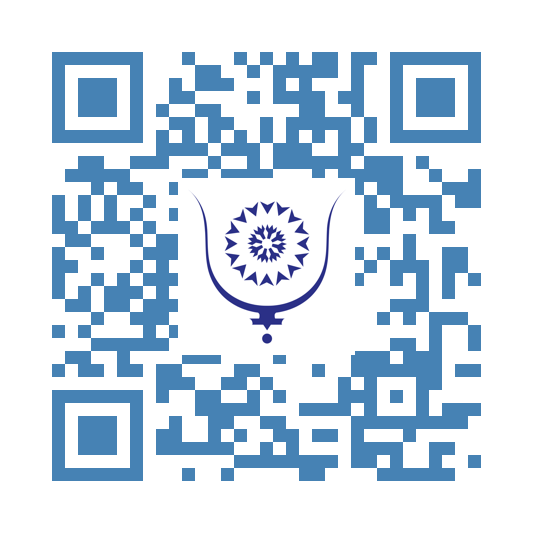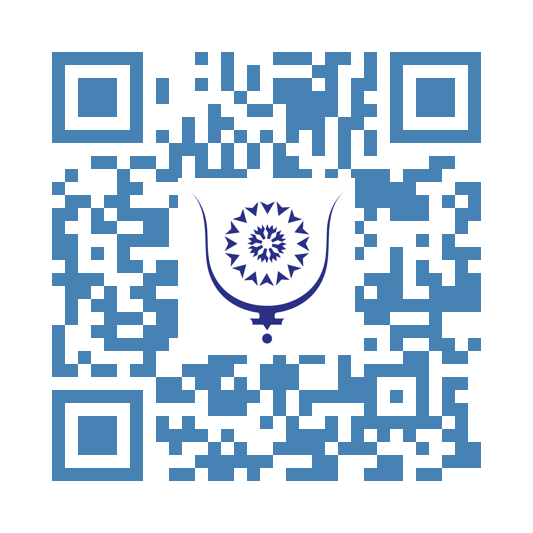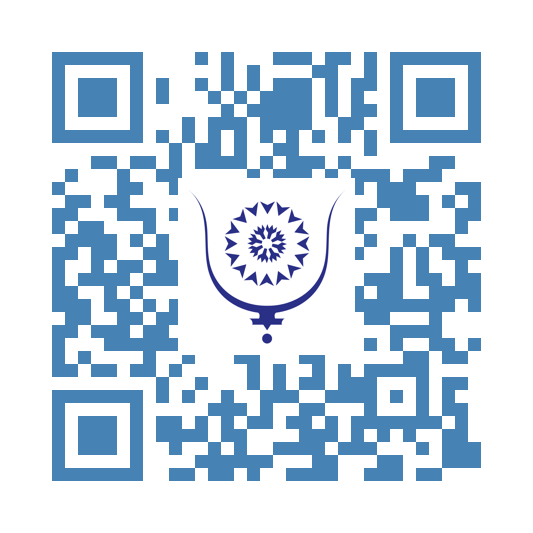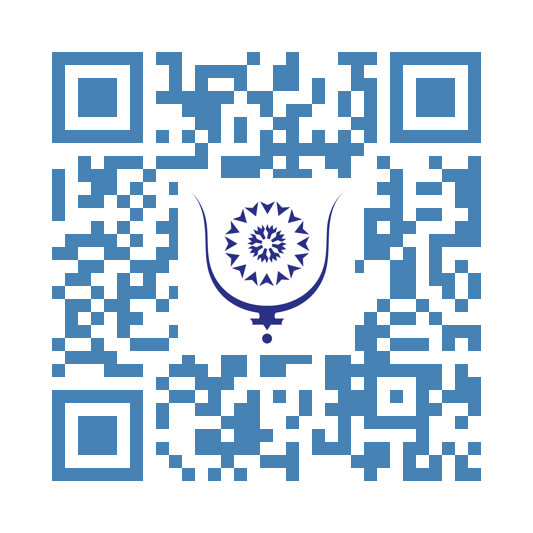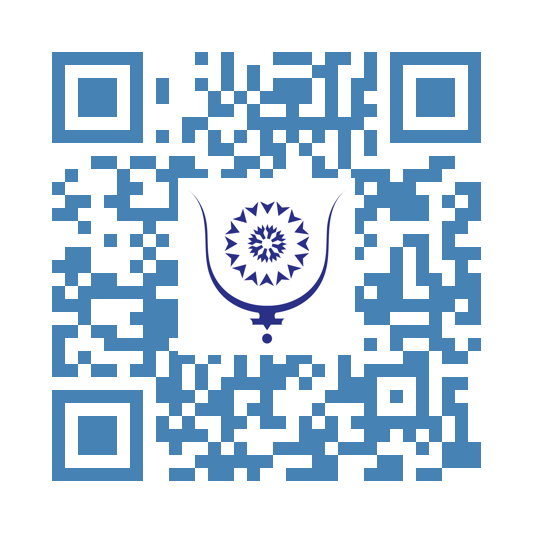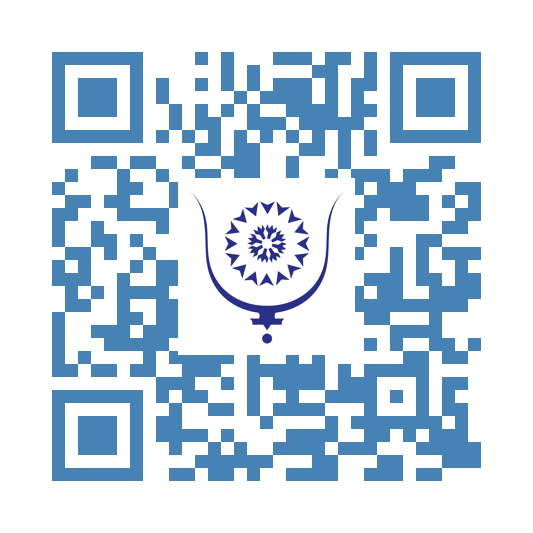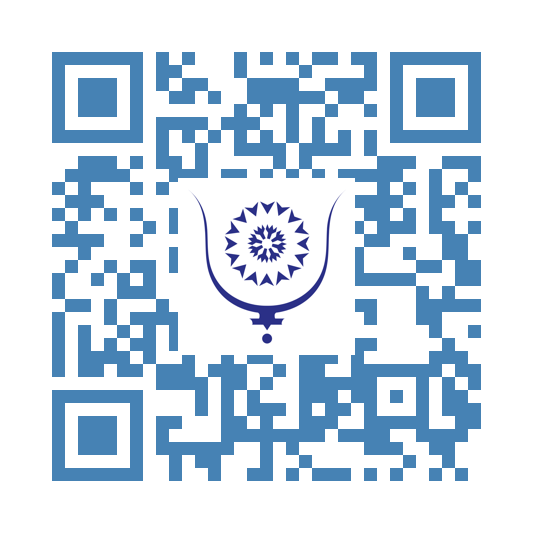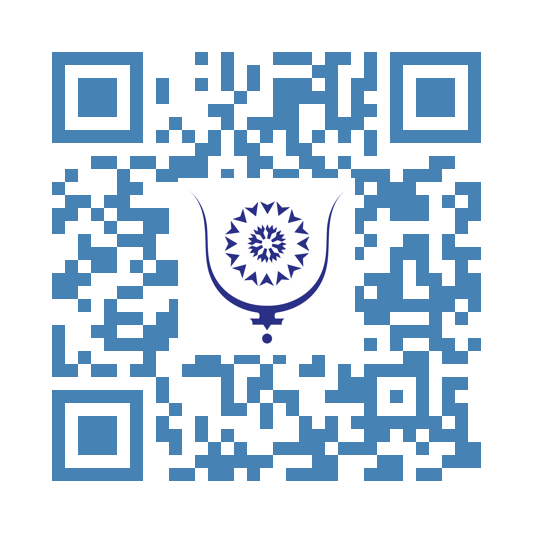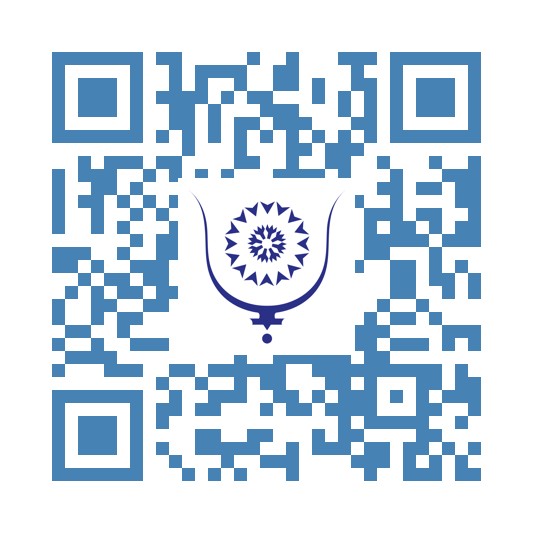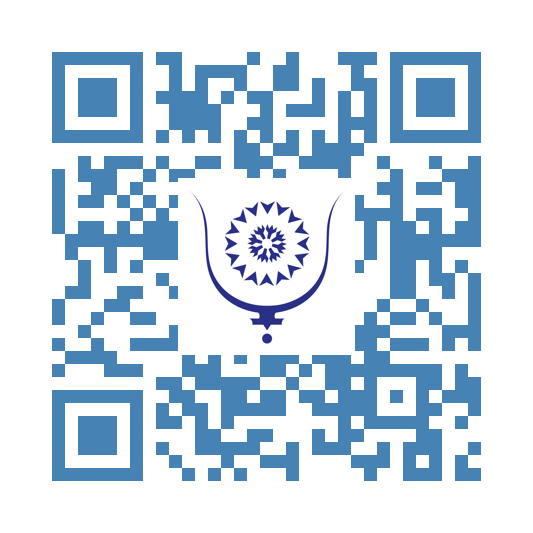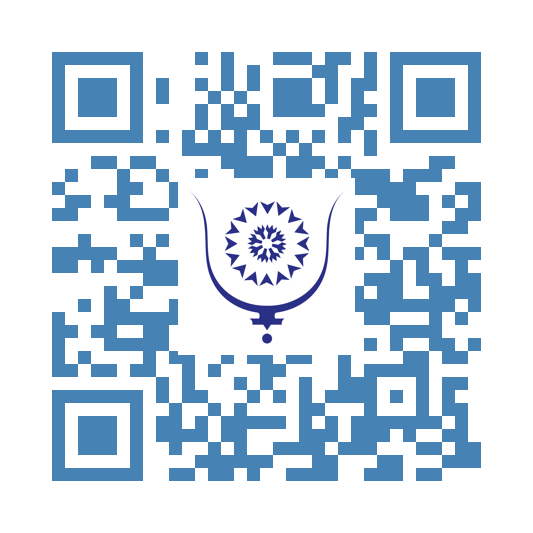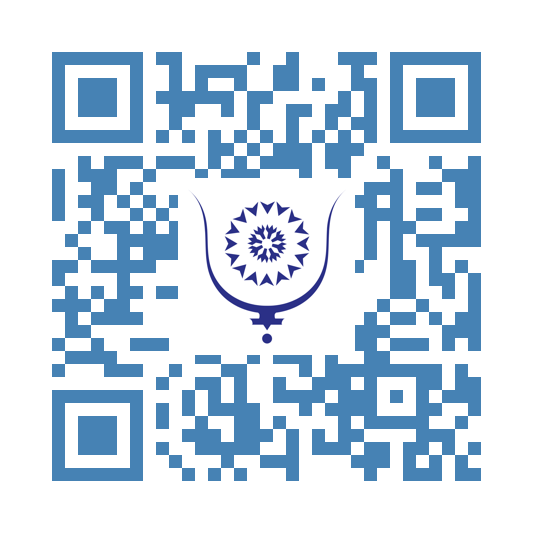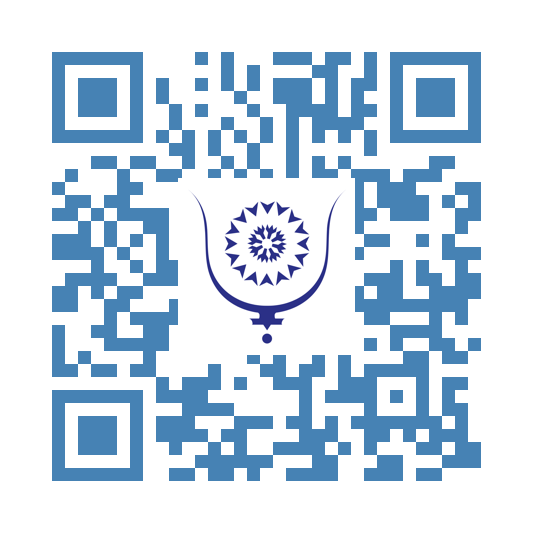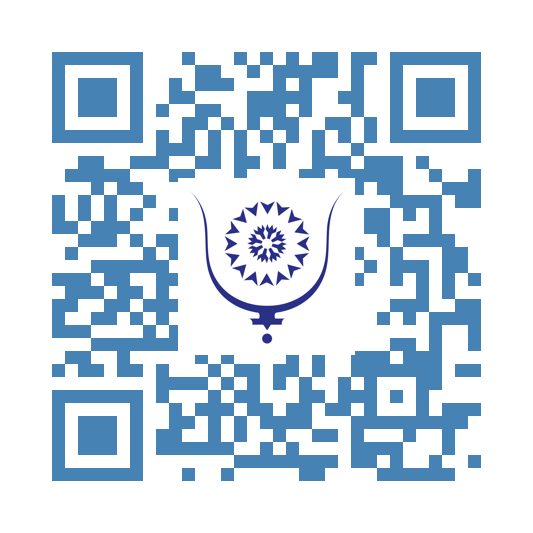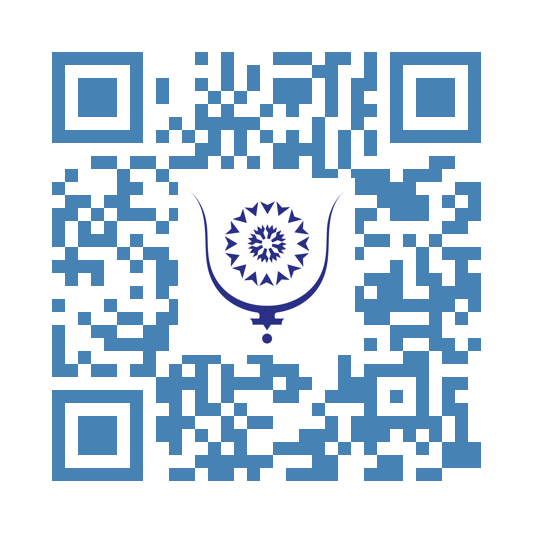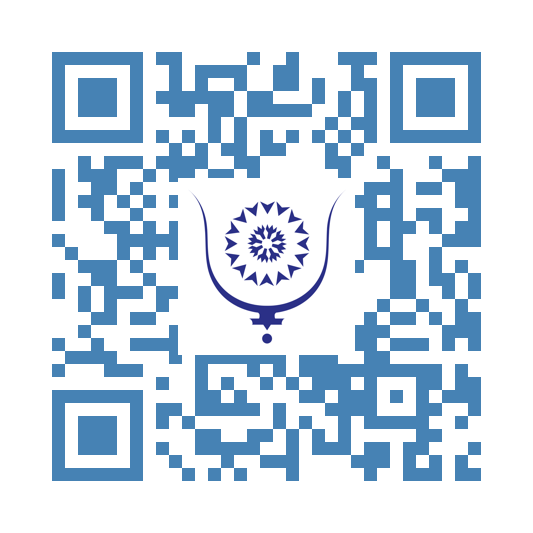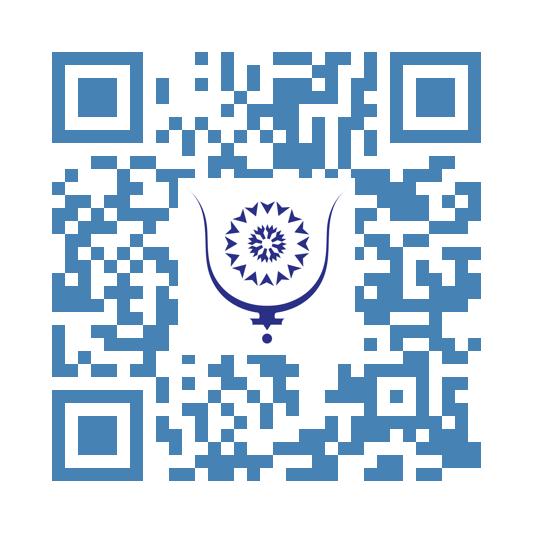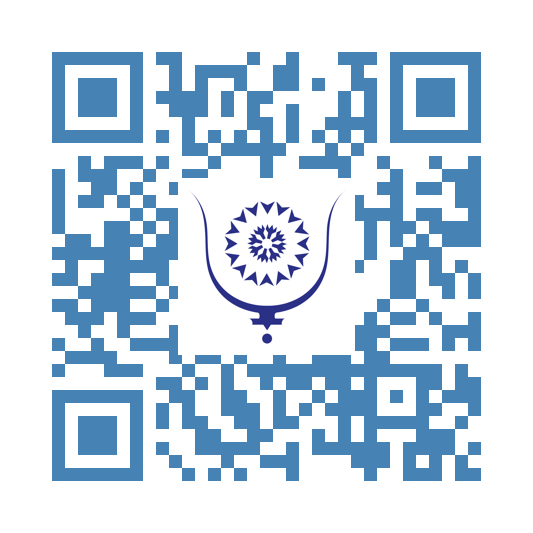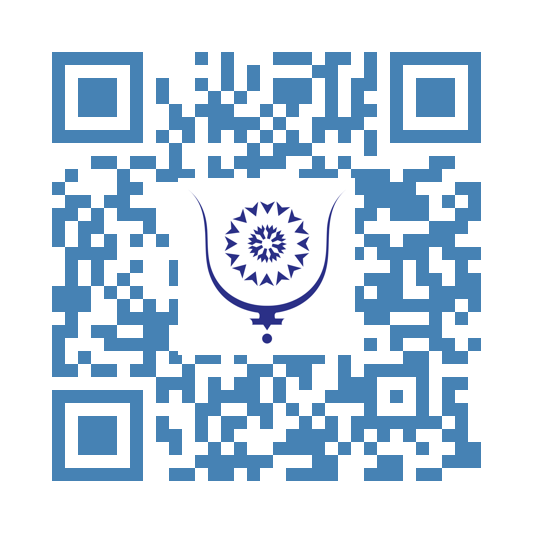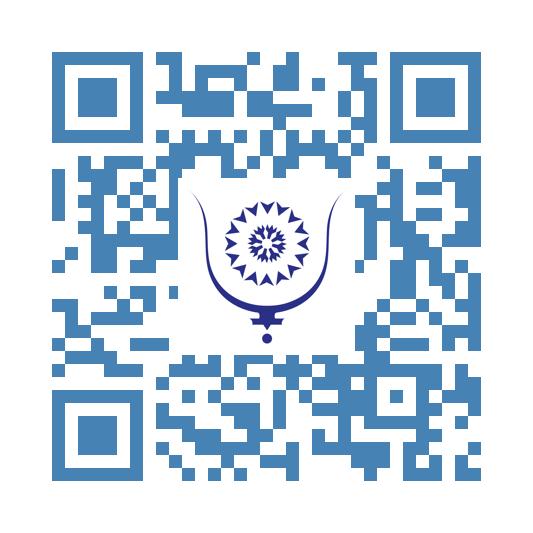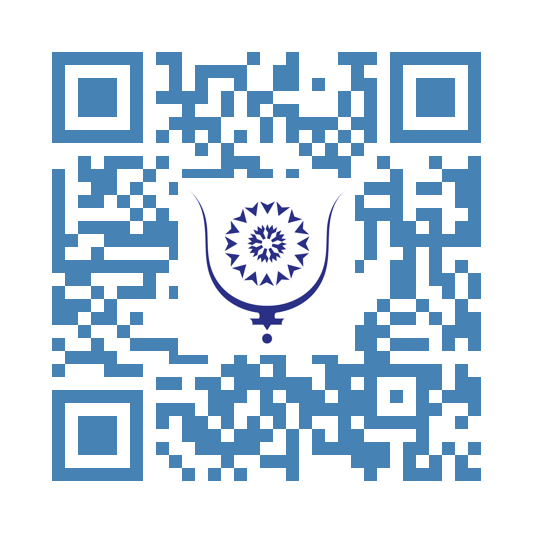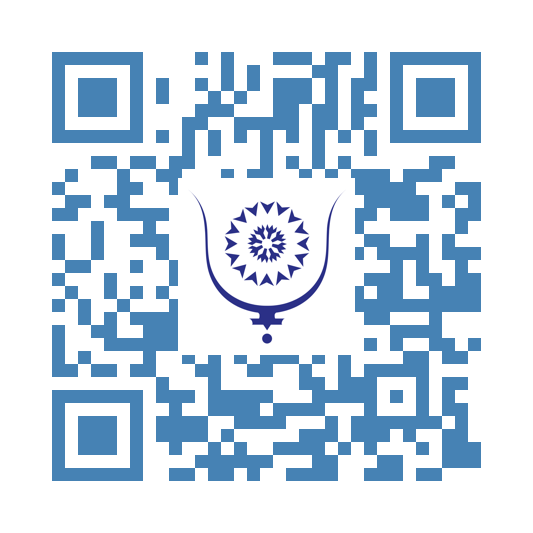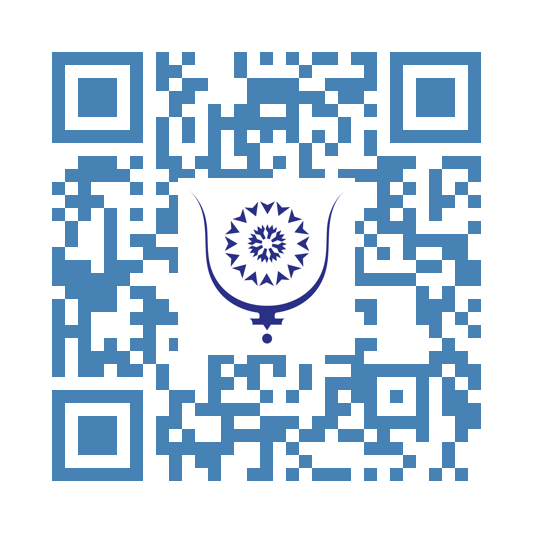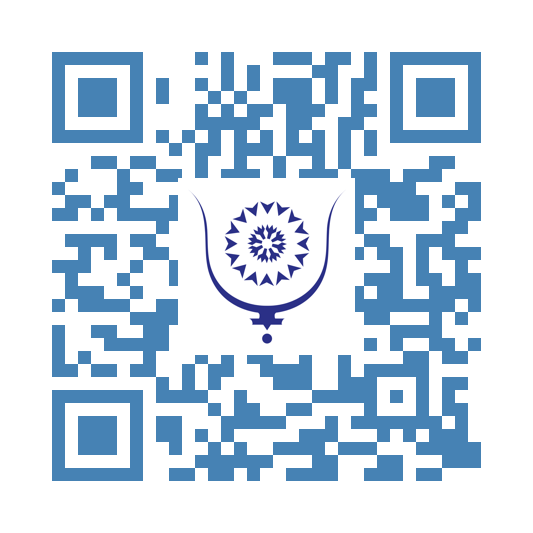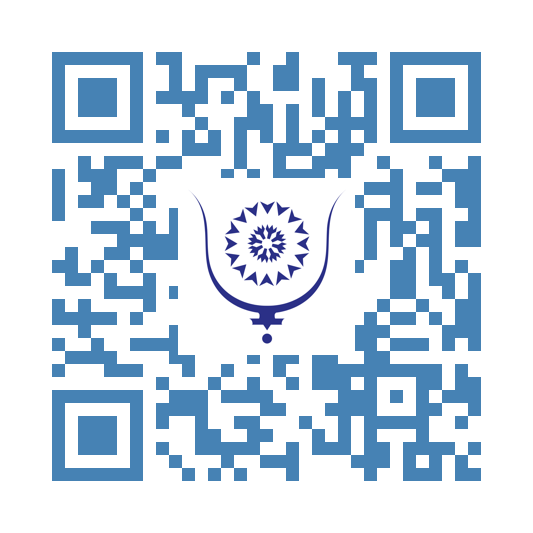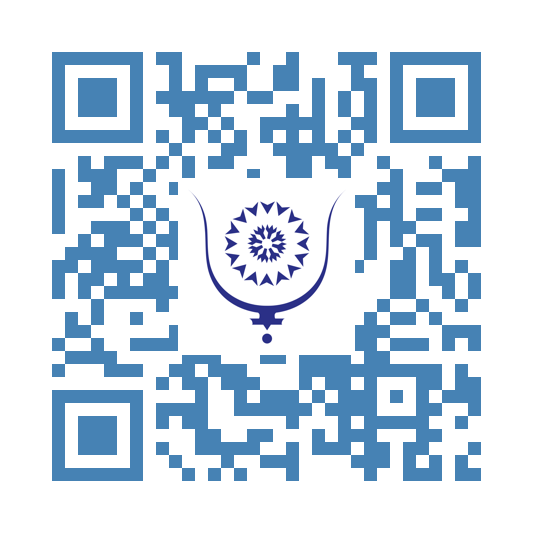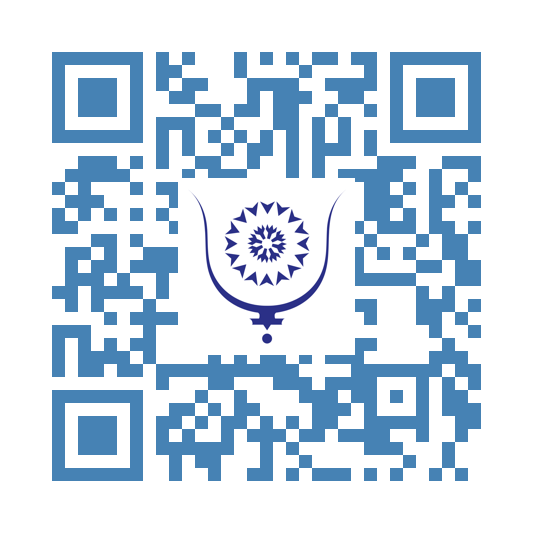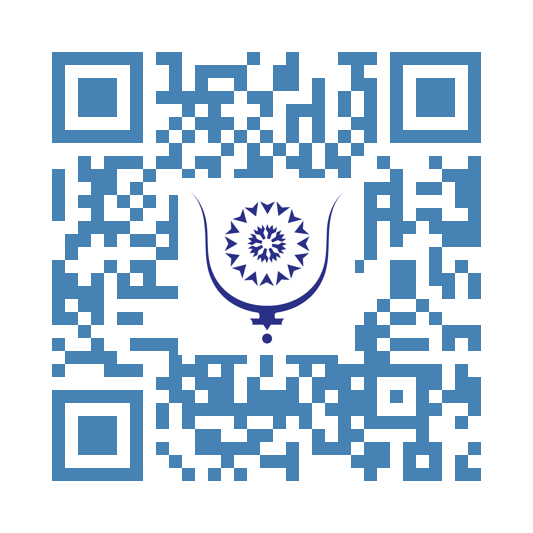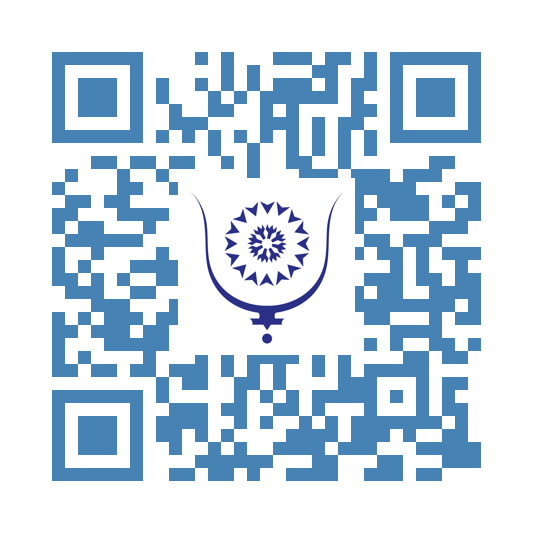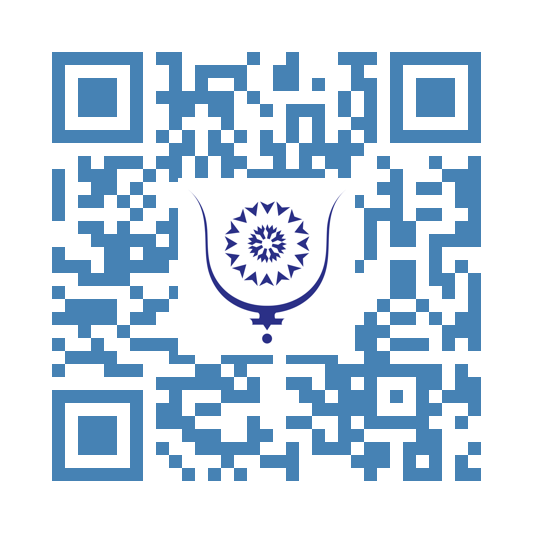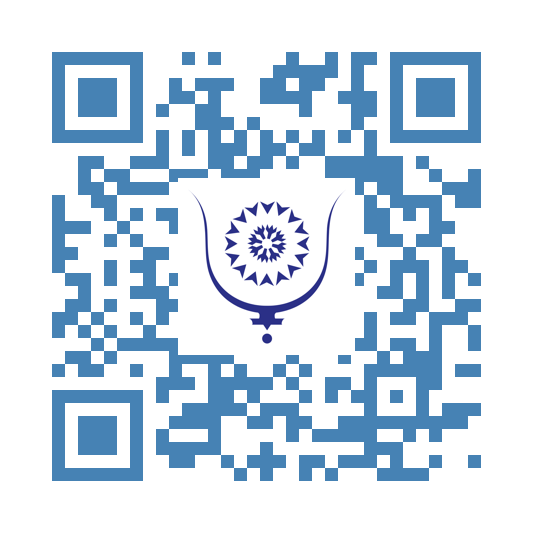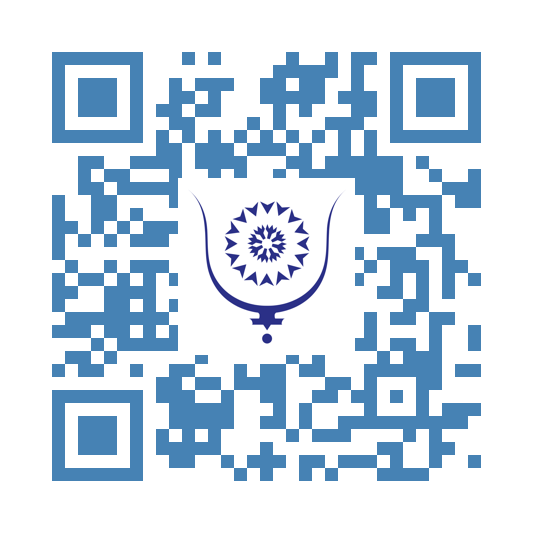Reinventing the Moroccan School: From Transmission to Support...
1988
Moroccans, especially the youth, today express a deep malaise regarding their school system. They have just manifesté this loudly. This reality, now public, appears both in family discussions and institutional assessments as well as societal debates. To compensate for the shortcomings of a public education seen as exhausted, more and more families, informed or affluent, enroll their children in private, sometimes foreign, institutions. The middle class also makes many sacrifices to follow this movement. This phenomenon reflects a crisis of confidence and deepens the social divide: school, promoted as a driver of equality, becomes a marker of inequality.
This drift had already been foreseen: on le 1er novembre 1960, Dean Charles André Julien warned Mr. Bennani, Director of the Royal Protocol, about the risks of a poorly conceived reform that would create new problems.
Despite considerable investments, successive reforms have often been limited to peripheral aspects: infrastructure, uniforms, superficial pedagogical approaches, vacation schedules. Too often, they resulted from poorly inspired mimicry, entrusted to careless study offices and insufficiently qualified officials. The various reforms have not succeeded and have generated growing dissatisfaction. School dropout rates and different rankings illustrate this distressing situation.
If there must be reform, and the urgency is real, it must not concern buildings, student attire, or vacation schedules but focus on the heart of the curriculum, the educational philosophy, and how to consider the roles of the student and teacher.
The future belongs to a world where young people create their own jobs; this trend is becoming universal.
We live in an unprecedented period in human history, where youth shape their professional and personal trajectories: young people invent their jobs, build their paths, imagine new social models. Today, a Moroccan teenager, diploma or not, can design an application, launch a business, build a community, influence markets, and create unimaginable value for traditional frameworks. The modèle 1337 perfectly illustrates this.
Now, young people no longer have mental borders or limits. They express energy made of ambition, technological intuition, cultural openness, and dreams. Meanwhile, the school system remains locked in a 20th-century pattern. The role of school must evolve: it is no longer about transmitting, but about accompanying.
The Moroccan school must stop being a place for reciting knowledge now available online. Information is at hand, even for a ten-year-old child. That is not what they expect: sometimes, they doze off in class and at night find the freedom space where they imagine the world they want to live in and build themselves. In technology and language learning, many of them outpace decision-makers and teachers. Young people master English more than what is offered at school and have technological equipment that schools are far from providing. Parents make huge sacrifices for this. Young people prefer a connection over a meal.
Young people no longer like school as it is presented to them. Above all, they expect to find there:
- someone who listens to them;
- someone who believes in their potential;
- someone who urges them to dream bigger, dare more, create;
- someone who trusts them.
School must thus become a space of support, awakening, and life project construction; it must train citizens capable of imagining, innovating, collaborating, taking risks, not just memorizing.
For this, the major challenge for the State is training trainers capable of adapting to new realities. It is essential to move from transmitting teachers to mentoring guides.
The true reform therefore begins with teachers. Yesterday’s teachers must adopt the role of mentor, guide, catalyst of talents: a mentor who asks questions instead of imposing answers, a companion who helps the student discover themselves, an educator who opens doors rather than erects walls.
Training trainers requires a new philosophy: integrating positive psychology, educational coaching, active pedagogies, project building, digital culture, and creativity. Teaching is no longer a transmission profession but accompaniment, with autonomy as the engine of the future.
Today, young people do not need financial capital to start but confidence, ideas, and skills. A good connection makes them happy. Their main asset is their mind. Their obstacle is often a lack of encouragement, anxiety over a system that is too rigid, too vertical, too distant from their reality. They are capable of everything except believing in themselves alone. This is where school must intervene, becoming the cocoon where innovative ideas and projects emerge.
But to succeed, there must be the political courage to undertake the great reform awaited by youth.
Morocco has a historic opportunity to reinvent its education system, not by material renovation, but through intellectual and spiritual transformation. School must become the place for building dreams, accompanying ambitions, and preparing for life through innovation and creation. It must train individuals capable not only of adapting to a changing world but of transforming it a world moving faster than previous generations could imagine.
The true reform is the spark, not the concrete. It embodies not walls but minds. It builds not in the past but in the future that our youth aspire to invent, supported by our trust, nothing more.
Share:
Reinventing the Moroccan School: From Transmission to Support...
copy:
https://bluwr.com/p/554332813

